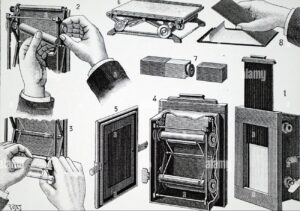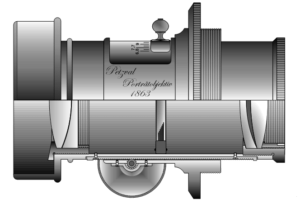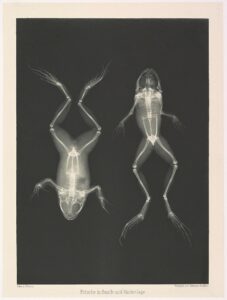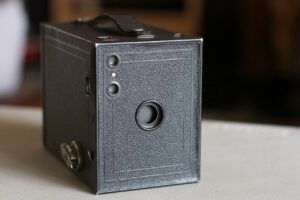Photography After 1878: A Timeline of Innovation
The year 1878 marks a significant turning point in photography with the introduction of the gelatin dry plate process, which revolutionised the field by making photography more accessible and convenient. This section will explore the major advancements that followed, shaping the evolution of photography into the 20th and 21st centuries.
The Dry Plate Revolution and Beyond (1878-1900)
The gelatin dry plate process, introduced in 1878, replaced the cumbersome wet collodion process.[1] This innovation allowed photographers to pre-prepare glass plates coated with a gelatin emulsion containing silver halides, which could be stored and developed later, eliminating the need for a portable darkroom.[1] This led to the development of smaller, more portable cameras and faster exposure times, opening up photography to a wider audience.
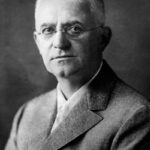
Until the 1890s, photography was primarily a professional occupation. The advent of consumer photography in that final decade of the 19th century, can therefore be considered a major step in photographic history. Again, this development was driven by technological advancements: in the 1880s, the American George Eastman had launched a flexible roll film as well as the first Kodak camera. This portable device – no longer requiring a tripod – offered 100 exposures, only to be processed after having returned the entire camera to the Eastman company. The result: circle-shaped pictures of recommendable quality. While professional photographers and artists explored this new tool from a creative standpoint, domestic and snapshot photography took a flying start: anyone capable of pressinga button and winding a crank could now be a photographer, capturing whatever he or she might find interesting – for an affordable price.
